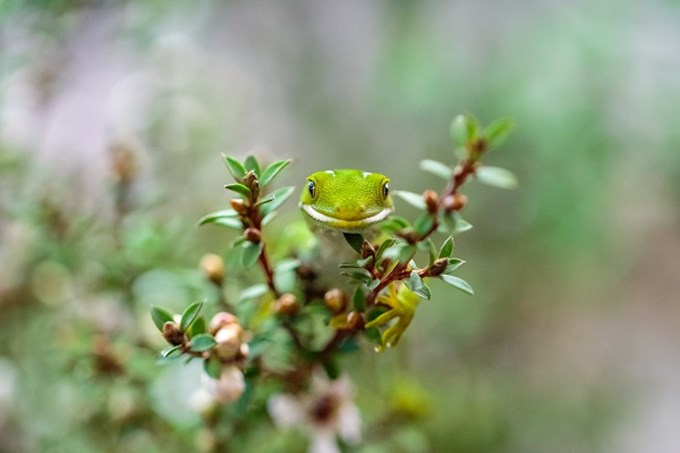Celebrate World Wildlife Day with us on 3 March by learning fun facts about our local wildlife.
World Wildlife Day's origin
On 20 December 2013, at its 68th session, the United Nations proclaimed 3 March as UN World Wildlife Day to celebrate and raise awareness of the world’s wild animals and plants.
Actors looking after our local wildlife
Our biodiversity services
Auckland Council's biodiversity team are working to protect our natural environment by managing resources in a sustainable and integrated way. They achieve long-term recovery of threatened species and grow public understanding of biodiversity.
Auckland Zoo
Amongst other things, Auckland Zoo is proud to be part of the Department of Conservation's kiwi recovery programme called Operation Nest Egg (O.N.E). This programme involves taking kiwi eggs from the wild, hatching them at the Zoo, and then keeping them on predator-free islands until they are grown, before releasing them into the wild.
Want to help protect your local wildlife?
Start by adding to your wildlife knowledge by checking out some fun facts about some of our wild Aucklanders.
Avondale Spider
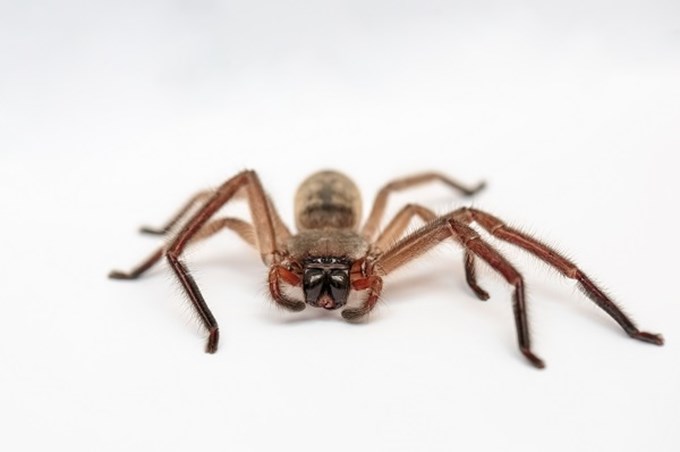
Avondale spiders are one of the few spiders in the world known to live in family groups - sometimes of up to 300 individuals.
The spide hunts socially and shares its food with others.
Brown Kiwi
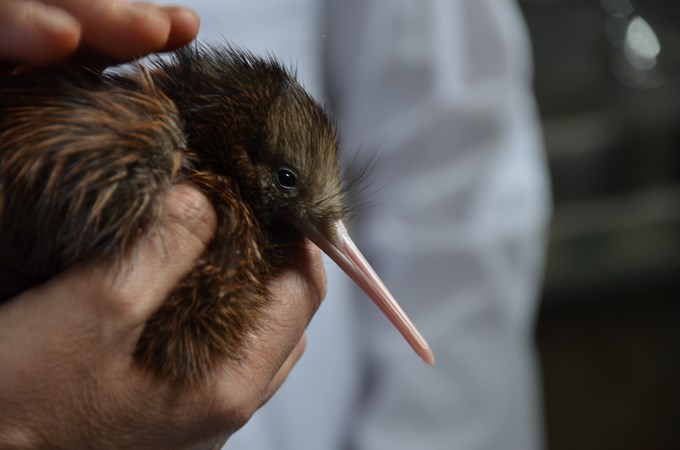
The flightless kiwi is shy and secretive, yet also feisty and territorial.
They feed on the ground at night, using nostrils at the end of their long beak to help sniff out grubs and worms deep in the leaf litter, as well as berries and fallen fruit.
Kiwi have two layers of feathers - a layer of soft downy feathers for warmth, and an outer layer to keep the rain out.
Female kiwi lay enormous eggs - in fact, they have one of the highest egg-to-body-weight ratios of any bird. An ostrich egg weighs only 2% of the female's body weight, whereas a kiwi egg weighs up to 20%.
Hochstetter's Frog
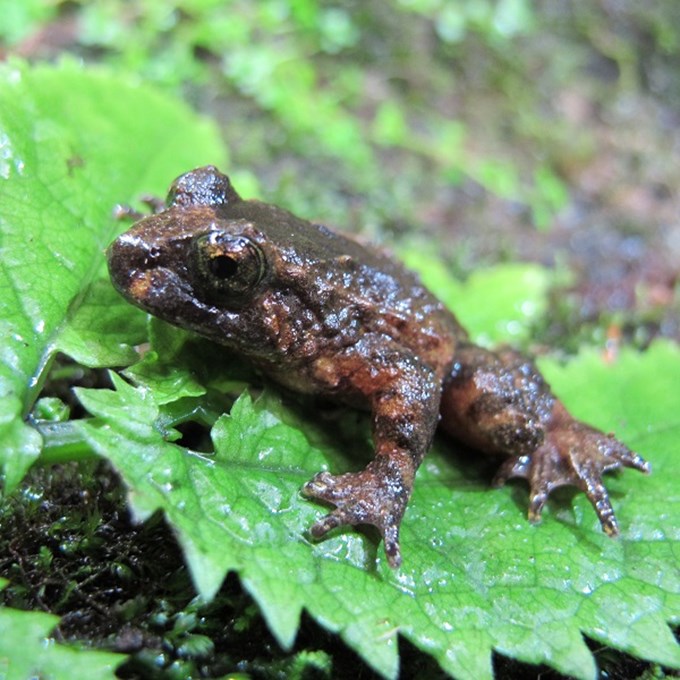
New Zealand native frogs do not croak or make loud mating calls like other frogs. They find each other by using visual cues or through pheromones (chemical signals between animals).
Hochstetter’s frog is the only native frog to have partial webbing between the hind toes.
Hochstetter’s frogs feed on invertebrate prey (like insects, worms, and snails) that they can take hold of using their arms and gulp down.
Hochstetter’s frog is the only New Zealand frog species to have a tadpole stage. Our three other species do not have a true free-swimming tadpole stage but develop in their eggs, hatching as froglets.
Kōkako
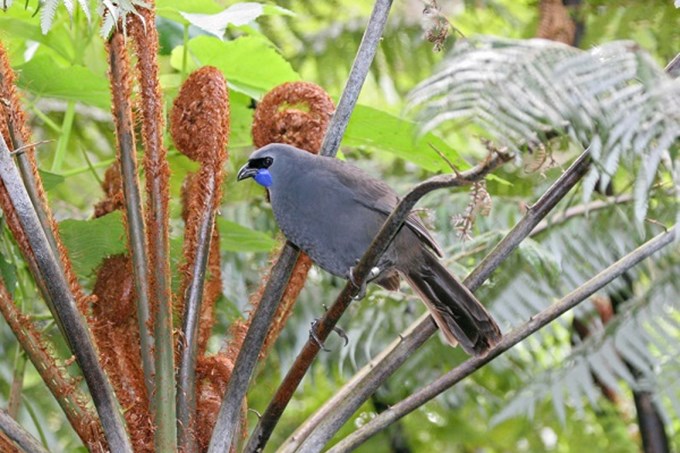
They are the bird on the NZ $50 note.
In māori legend, kōkako fetched water for Maui as he fought the sun. As a reward, Maui made kōkako’s legs long and slender.
Young kōkako have pink wattles that turn blue as they mature.
Kōkako from different forests have regional dialects of song.
Pairs sing together in a bell-like duet in the early morning.
Little Penguins
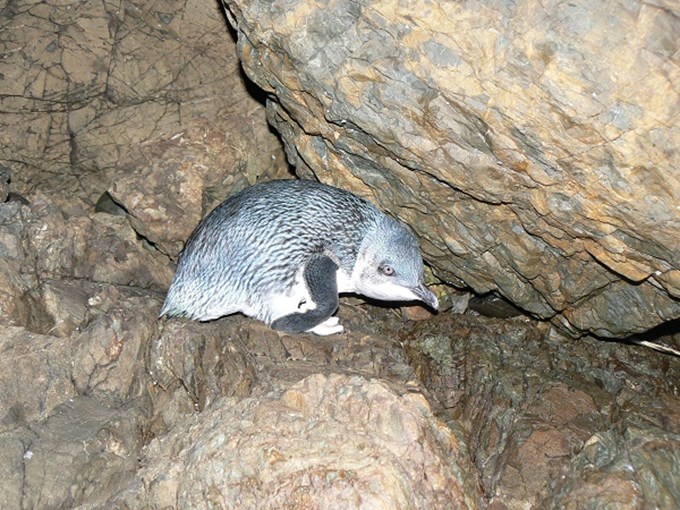
The little penguin (kororā) is the smallest penguin in the world, standing just 25cm tall and weighing a little over 1kg.
Little penguins only come ashore at night and they live underground in burrows, natural holes, or under human structures and buildings.
Lizards
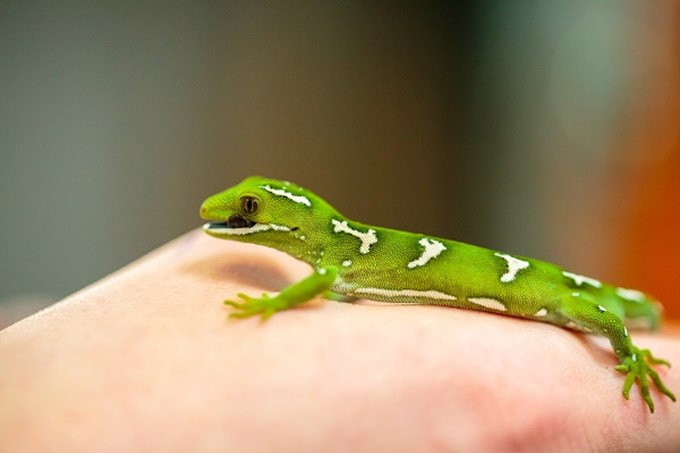
Lizards are harmless creatures that help disperse seeds of some of our native plants and pollinate their flowers. New Zealand is home to more than 80 species of lizard.
All native lizards are protected under the Wildlife Act and may not be captured, collected or deliberately disturbed.
Long-Tailed Bat
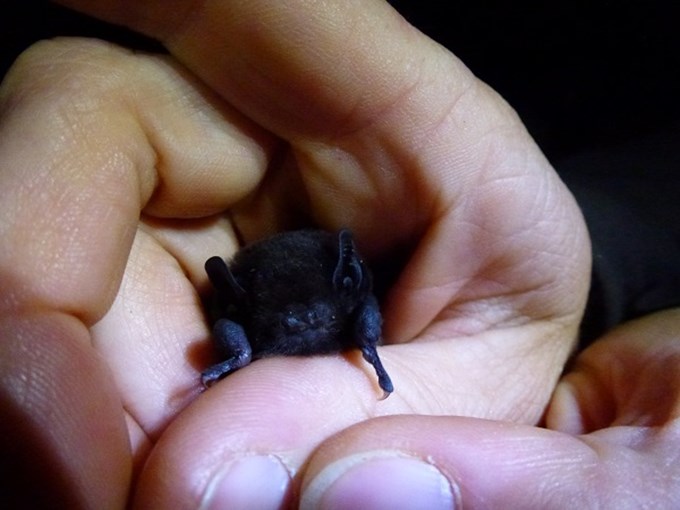
Auckland is one of the only cities in New Zealand that still has resident populations of long-tailed bats.
Long-tailed bats are capable of long-distance flight, up to 50km in a single night, as they move between feeding and roosting sites.
The high-frequency sounds emitted by bats cannot be heard by humans. Bat detectors convert bat pulses into sounds humans can hear, which can be used to monitor bat presence.
Takahē
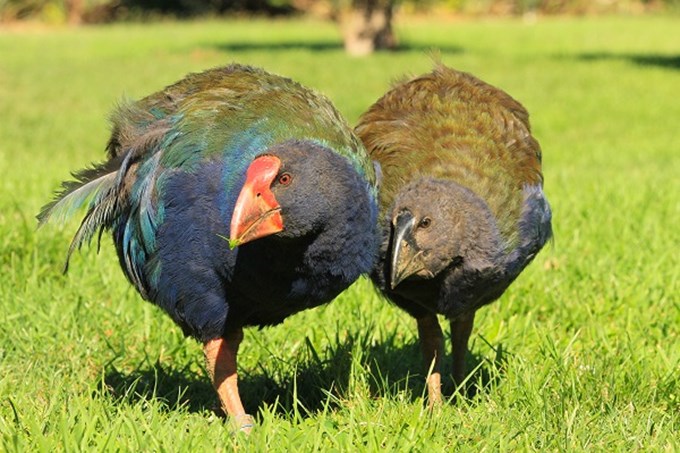
For years, takahē were thought to be extinct but were rediscovered in 1948, hidden deep in Fiordland's Murchison Mountains.
Adult takahē are about the size of a large hen, 50 cm high and can weigh over 3kg. Takahē have wings but are flightless. They only use them to display during courtship or as a show of aggression.
Takahē inhabit grasslands predominantly, using shrubs for shelter.
Tieke
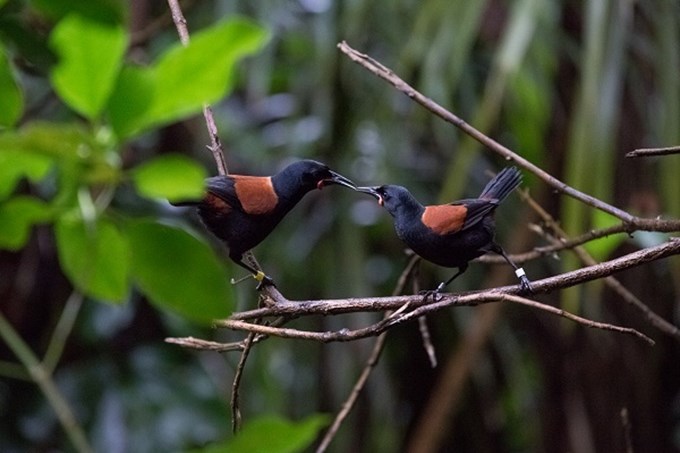
Despite mainly eating insects, tīeke also eat fruit and nectar dispersing seeds and pollinating flowers – an important role in the forest.
Tīeke groups develop their own dialects but appear to have no difficulty understanding each other when brought together through translocations. Territorial male birds sing a rhythmical song - more than 200 types of male rhythmical song have been recorded.
Their distinctive markings and unique dialects make them among the most iconic of New Zealand’s forest birds.
Wētā punga
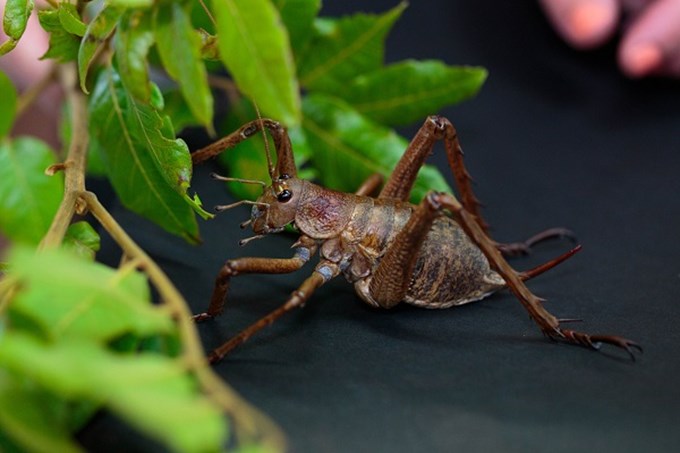
There are over 70 species of wētā unique to New Zealand, including 11 species of giant wētā, of which the wētā punga is the largest.
Female wētā punga are larger than the males. Most female wētā punga reach a weight of 35 grams - heavier than your average house sparrow.
Once widespread throughout Northland, Auckland and Great Barrier, they're now only naturally found on Hauturu (Little Barrier Island).
Now that you know more about your local wildlife, look out for them around Auckland.

